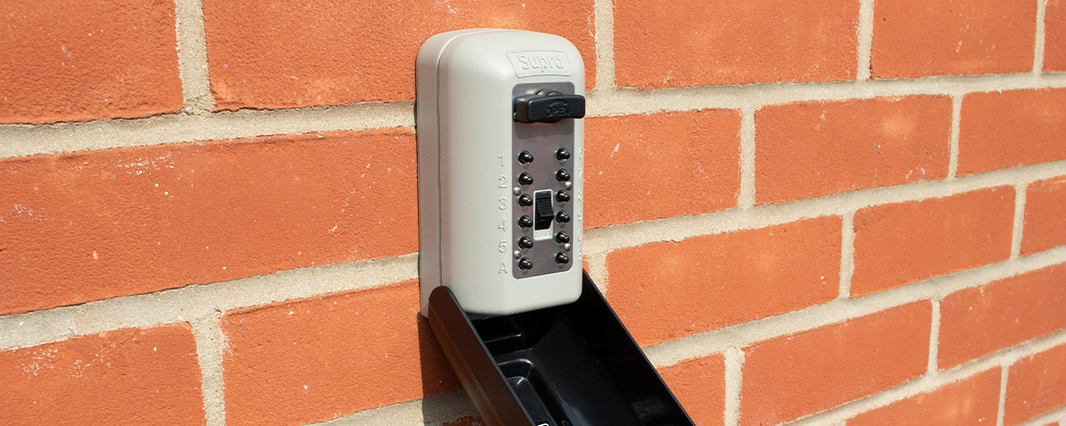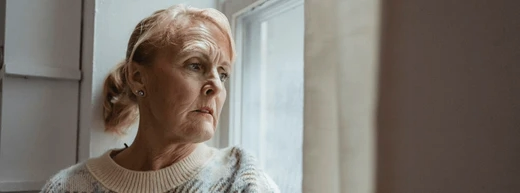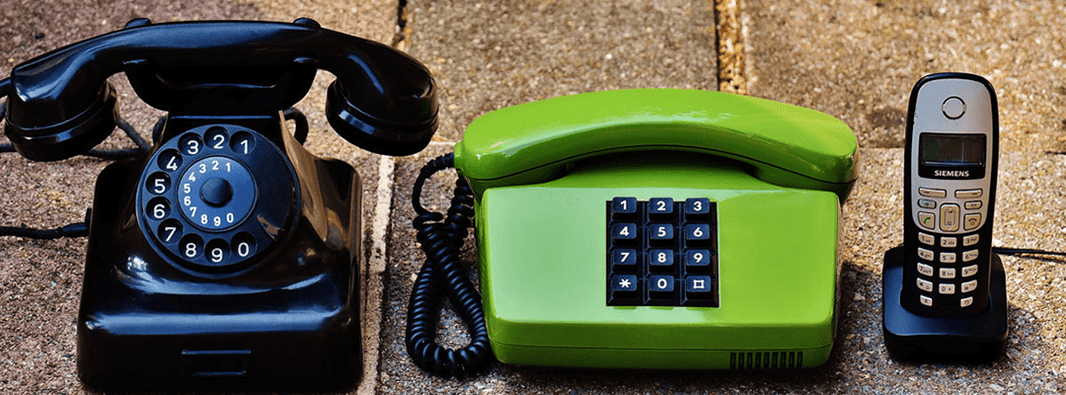Making the Perfect Afternoon Tea
Who doesn't love a good afternoon tea? Cucumber sandwiches, egg sandwiches, Victoria Sponge, Scones - you name it! Traditional teas can be something done both at home, or enjoyed out in a country house, restaurant or hotel.
But what makes the perfect afternoon tea, and how did they come about? - We're here to discuss!
The History
It's widely claimed that Anna, the 7th Duchess of Bedford, first introduced the concept of an afternoon tea all the way back in 1840. The Duchess apparently complained of "having that sinking feeling" during the afternoon.
During this period it very unusual for more than two meals to be eaten during the day. Breakfast and dinner in the late evening was the norm. However because the Duchess complained of having this feeling she would have a pot of tea and a light snack mid-afternoon in her bedroom.
"Later friends were invited to join her in her rooms at Woburn Abbey and that summer practice proved so popular that the Duchess continued it when she returned to London, sending cards to her friends asking them to join her for tea and a walking the fields."(Afternoontea.co.uk)
Other hosts soon jumped on the bandwagon and took up the idea of hosting afternoon tea with friends. It became so popular and respectful enough that it was moved to the likes of drawing homes in peoples homes.
Soon the idea of afternoon tea became a fashionable phenomenon and took hold across Britain and beyond.
The Perfect 'Traditional Afternoon Tea'
A traditional tea consists of finger sandwiches, followed by scones with butter, jam and or cream, then cakes and, of course, tea. This was the usual contents during the 1840's. Served on a three tier cake stand, the bottom tier traditionally holds the sandwiches, and the middle and top tier the cakes or scones.
A number of traditional fillings for afternoon tea sandwiches include:
- Buttered bread with thinly sliced, cucumber.
- Thin slices of cooked ham and a little mustard
- Egg Mayonnaise
- Coronation Chicken
- Roast Beef
- Cheese and Pickle
- Tuna
- Tinned Salmon with or without cucumber
Once the perfect finger sandwiches have been consumed, the sweeter items would be moved onto, accompanied with more pots of tea of-course. The scones can be plain, fruit, or cheese. Plain or fruit will demand both butter, jam and or cream, and for the cheese, serve alone with butter.
The cakes or tarts traditionally consisted of Victoria Sponge, Fruit Cake, Batternburg, Bakewells, Egg Custard Tarts or Marble Cake. Chocolate cake is even on the traditional menu!
The Modern Afternoon Tea
Some non-traditional afternoon items have made their way onto menus in more recent years. These include muffins, rock cakes, crumpets sausage rolls and flapjacks. Some servers of afternoon tea even include the likes of fish, cheese and canopies. You can even get champagne and prosecco accompanied afternoon tea's in more upmarket venues such as The Ritz, and Selfridges, both famous for their afternoon teas.
If you're looking for tea-inspo to accompany you're afternoon treats, and ditch the PG tips, it's best to visit a tea shop or check out the likes of Fortnum and Mason where there's a whole host of different types of tea to serve up with your scones and sandwiches. After all, the tea is the most important part!
Don't forget to have a read of our article on Senior Discounts at restaurants to find out if you can save money on your afternoon tea.









